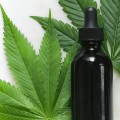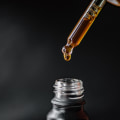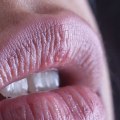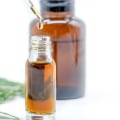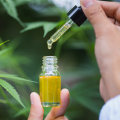When it comes to understanding how the body absorbs CBD, it's important to know the different ways it can be administered or consumed. CBD can be inhaled, consumed, or applied topically, and each method has its own unique advantages. Inhalation provides the highest absorption of CBD, while consuming CBD oil with fatty acids can help avoid first-pass metabolism and increase bioavailability. Transdermal creams and patches are specifically designed to pass through the lower layers of the skin and reach the blood.
Additionally, CBD is fat-soluble, making it a challenge for the body to absorb it. When CBD is ingested, it is absorbed through the digestive system and is metabolized in the liver, ultimately sending its active compounds into the bloodstream. This form of administration is exactly the way vitamins and other daily supplements are most often taken. The CBD in a topical cream or lotion penetrates the sebaceous gland through hair follicles.
Once absorbed, CBD and the activation of cannabinoid receptors help increase the soothing abilities of other well-known analgesic agents, such as the topical pain reliever histamine dihydrochloride. Inhalation is an effective way to consume CBD because it bypasses the digestive tract and liver, allowing CBD to be easily absorbed through the thin membranes that cover the alveoli of the lungs (alveoli), where it enters directly into the bloodstream. By doing so, CBD dissolves in dietary fats and is dispersed into smaller particles that are easier to absorb. Once CBD passes through the alveoli, it quickly travels through the body. But let's say you like CBD to be absorbed through your skin but you still need it to get into your bloodstream? In that case, a transdermal cream or patch is specifically designed so that its active ingredients pass through the lower layers of the skin and reach the blood. This method takes advantage of the ability of CBD to be directly absorbed through the mucous membranes of the mouth and nose, preventing the digestive process and passing directly into the bloodstream. One reason is that CBD is not easily absorbed when ingested and, as a result, most of it is excreted without any effect.
The skin has several cannabinoid receptors that absorb CBD and interact with it when applied to the surface. Simply because most of the CBD is absorbed by the sublingual gland and goes directly to the liver for filtration before entering the bloodstream. Doing so allows the mucous membranes more time to absorb the CBD before it enters the digestive tract. This is due to the fact that CBD is fat-soluble (as opposed to water-soluble), making it a challenge for the body to absorb it. The way CBD is taken has an effect on the bioavailability of CBD and the percentage that is absorbed into the bloodstream.
